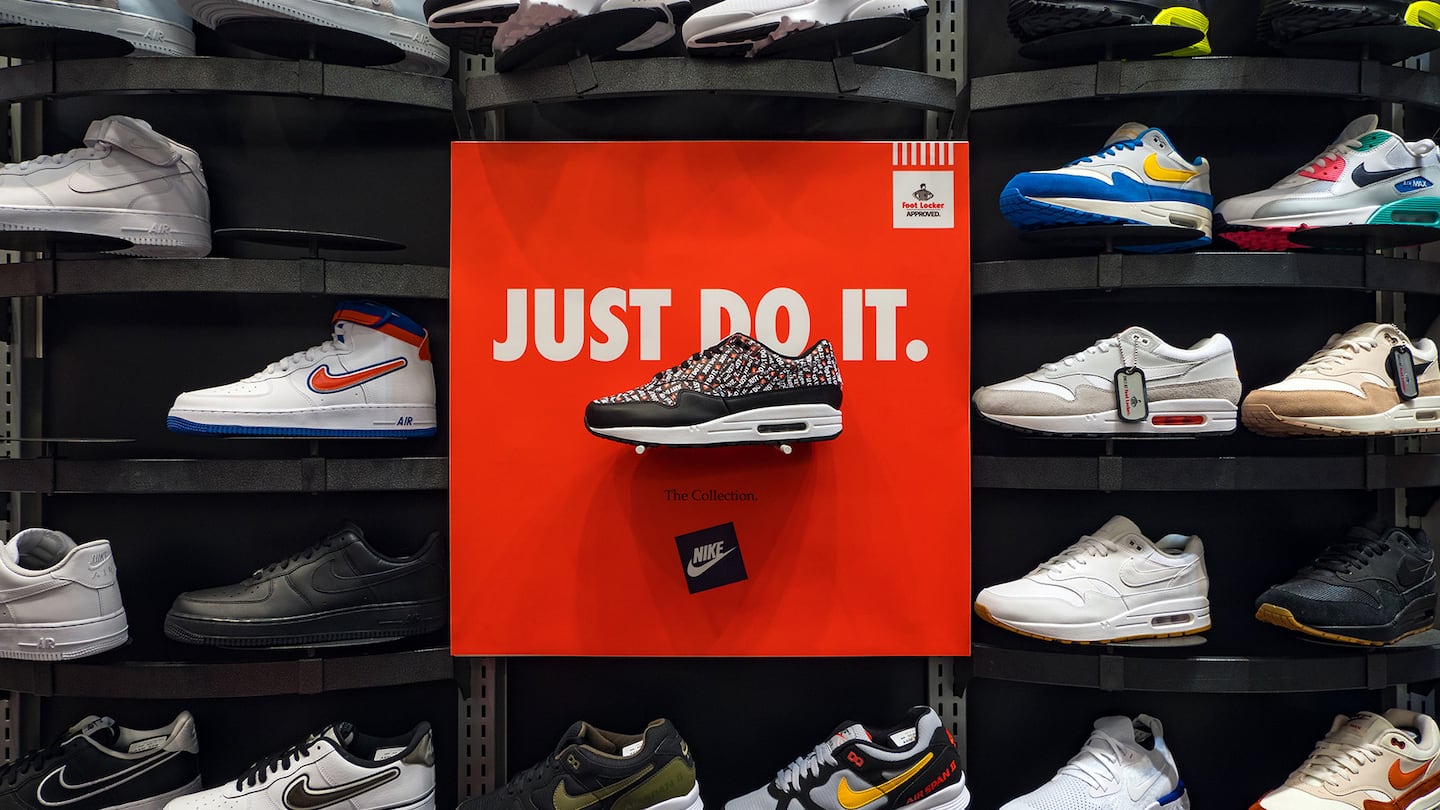
The Business of Fashion
Agenda-setting intelligence, analysis and advice for the global fashion community.

Agenda-setting intelligence, analysis and advice for the global fashion community.

The activewear market is booming right now, and is expected to grow faster than fashion overall for years to come. And yet somehow, the category’s biggest players seem to be constantly in crisis.
Last week saw running shoe upstart On’s stock drop as it told investors it would grow sales by a mere 26 percent in the first quarter (while most companies would be thrilled with that number, On’s been on such a hot streak it counts as a disappointment). Under Armour founder Kevin Plank unexpectedly reclaimed the CEO role amid a bumpy turnaround. Li Ning was reportedly considering taking his namesake brand private. The less said about Allbirds, the better.
The common thread here is that the hot new thing quickly becomes old news. At the same time, the cost of reinvention can be staggering. Where a fashion brand can refresh itself with a new silhouette or a smart marketing campaign, activewear customers are often looking for new materials and performance-enhancing design, both of which are expensive.
This week, Nike and Lululemon, the two biggest activewear companies by market capitalisation, report results for the fourth quarter of 2023. Both have pinned their future success on innovation.
ADVERTISEMENT
Nike is beset by problems to a degree not seen in decades. Sales are expected to grow a paltry one percent in its current fiscal year, which ends in May. The brand relies on a handful of classic styles to keep consumers hooked, with diminishing returns, and recent marketing campaigns have fallen flat. Nike’s professional sports business is also mired in controversy, with Major League Baseball players complaining about cheap-looking jerseys and see-through pants, and FC Barcelona threatening to walk away from a 25-year partnership.
This week is all about hitting — and preferably beating — that already low growth target (setting aside the pandemic and the 2009 recession, you have to go all the way back to 1999 to find a year when Nike performed so poorly). Chief executive John Donahoe, who has talked up innovation as the key to Nike’s turnaround plans (seriously, he used the word 20 times in the company’s December earnings call), will also need to show that R&D is resulting in products consumers actually want, and not just uniforms baseball players hate.
Lululemon almost has the opposite problem – it’s performed so well recent years that it’s becoming challenging to dream up new ways to grow. First there was the pandemic, which normalised the idea that athleisure could, and should, be worn everywhere. A big push into menswear also paid off.
The company will give its 2024 guidance along with its results, and investors will be looking to see if it can keep up the ambitious pace of recent years. That will depend on some old-school retail strategy – investment in bigger, better stores and category expansion – but also that elusive idea of innovation. Lululemon is constantly introducing products it says are better-performing, and better for the planet. To cite one example, the brand last month introduced a prototype for a shirt made from recycled nylon, and says it plans to transition all of its nylon apparel to recycled or renewable sources by the end of the decade. The question is whether consumers want any of that, or if the athleisure mindset has fully taken hold, in which case the smaller, trendier Alo Yoga becomes an appealing option.
You’d rather be Lululemon than Nike right now. But both companies are proof that, like sharks, even the biggest sportswear brands have to keep moving to survive.
The Week Ahead wants to hear from you! Send tips, suggestions, complaints and compliments to brian.baskin@businessoffashion.com.
Designer brands including Gucci and Anya Hindmarch have been left millions of pounds out of pocket and some customers will not get refunds after the online fashion site collapsed owing more than £210m last month.
Antitrust enforcers said Tapestry’s acquisition of Capri would raise prices on handbags and accessories in the affordable luxury sector, harming consumers.
As a push to maximise sales of its popular Samba model starts to weigh on its desirability, the German sportswear giant is betting on other retro sneaker styles to tap surging demand for the 1980s ‘Terrace’ look. But fashion cycles come and go, cautions Andrea Felsted.
The rental platform saw its stock soar last week after predicting it would hit a key profitability metric this year. A new marketing push and more robust inventory are the key to unlocking elusive growth, CEO Jenn Hyman tells BoF.